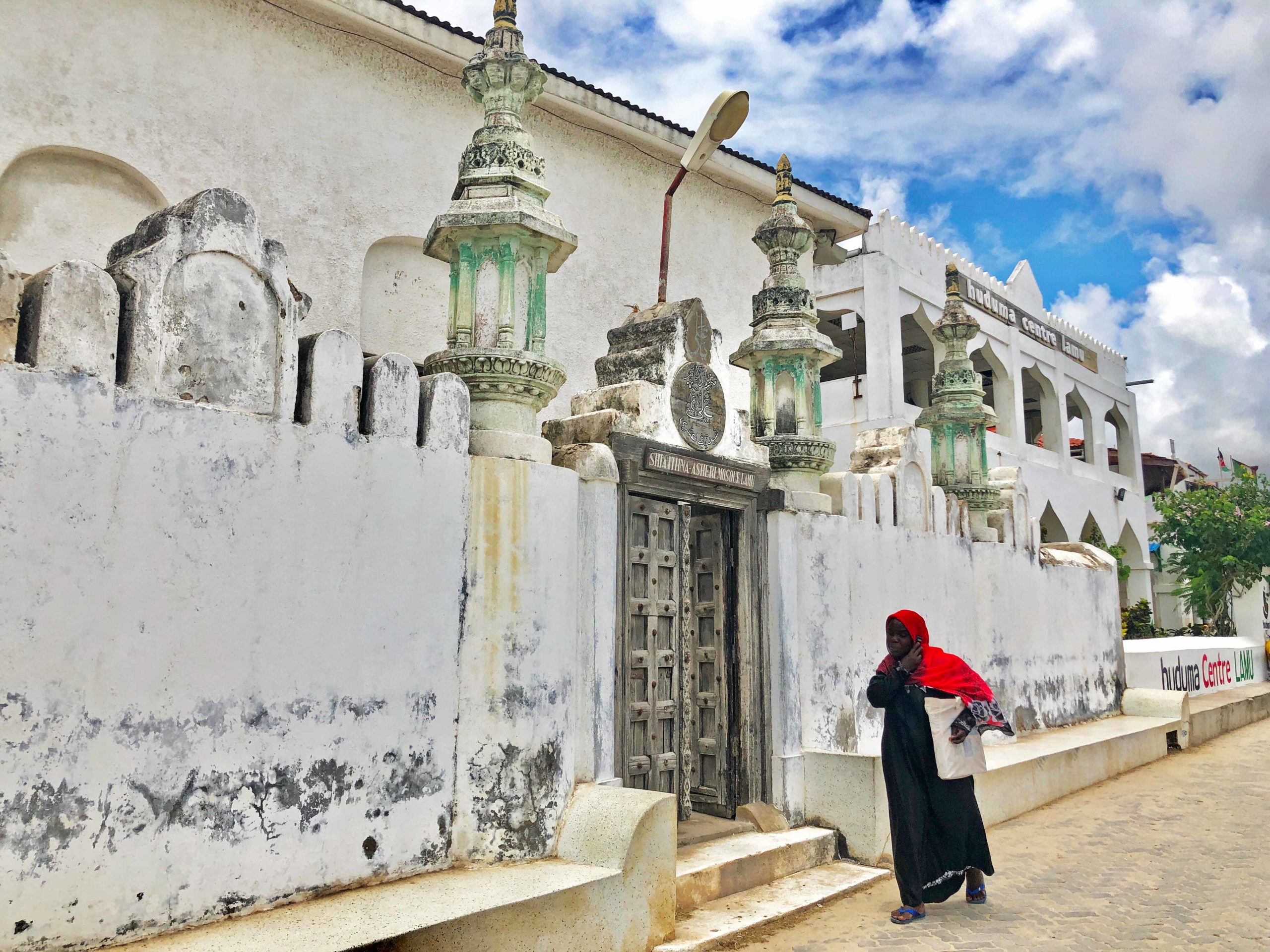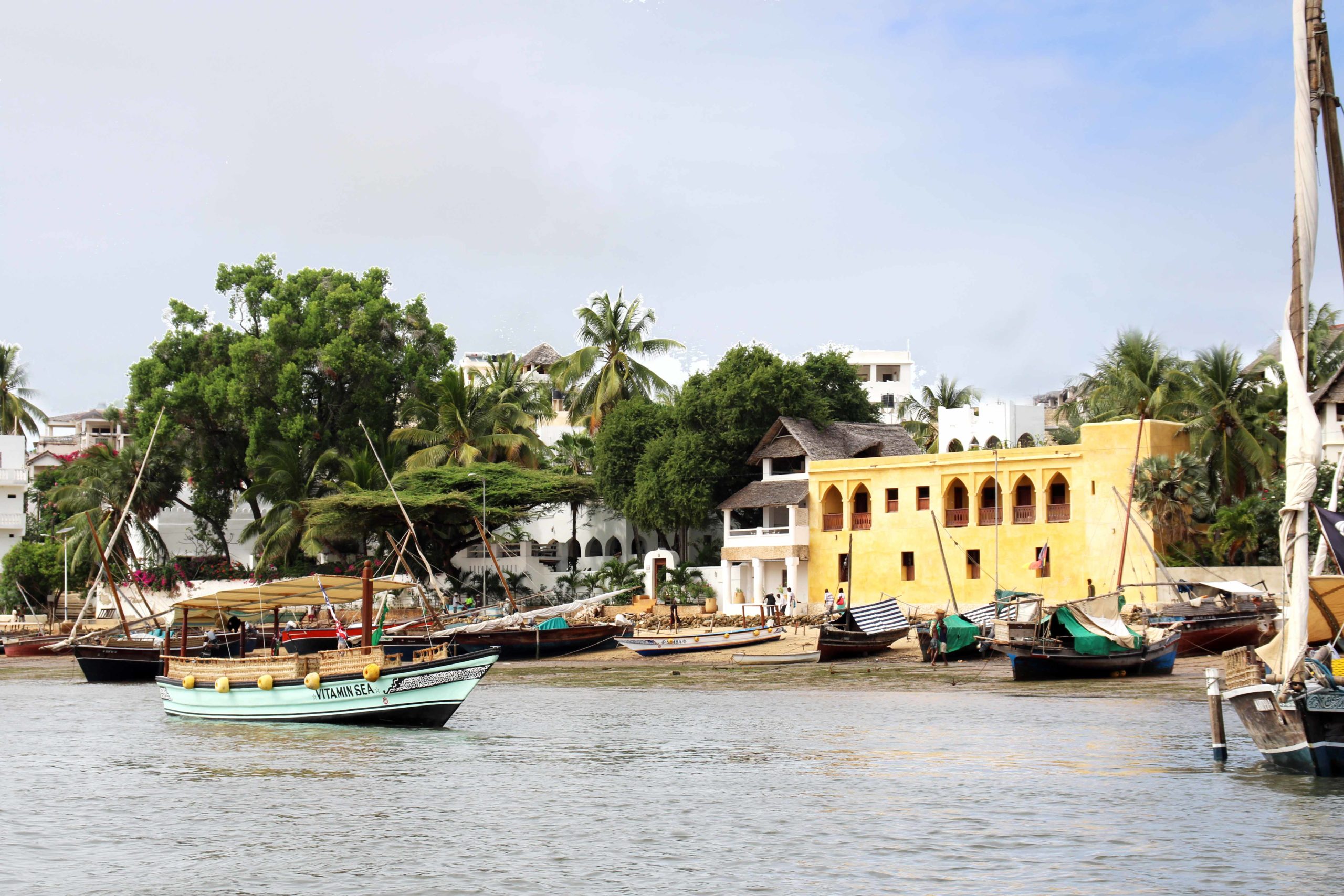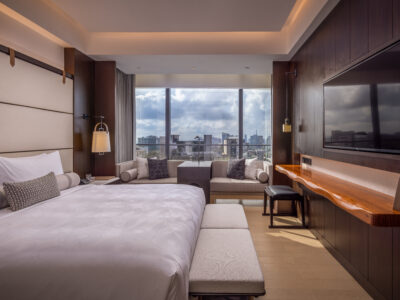Scenically perched off the shore of Kenya in the Indian Ocean, lies the placidly tropical, historically rich and culturally diverse Lamu Island. The island’s endless white-sandy beaches speckled with palms and acacia tortilis, river estuaries, calm backwaters, rolling sand dunes, lush mangroves and deep dark forests are an embodiment of Africa’s bountiful ecological diversity.
Apart from being home to a wide variety of flora and fauna, Lamu continues to be inhabited by people belonging to the Swahili ethnic group.
The Lamu Old Town, founded in the 12th century, was declared as a UNESCO World Heritage Site for it being the oldest and best-preserved Swahili settlement in East Africa, retaining its traditional functions. Furthermore, the Swahili people continue to follow the age-old trades and employ themselves as fishermen, sailors, dhow builders and merchants. However, not all is ancient and unexplored since, Lamu has hosted major Muslim religious festivals since the 19th century, and it has consequently developed itself into a noteworthy centre for the study of Islamic and Swahili cultures.
The structural simplicity of the town that includes elaborately carved wooden doors, inner courtyards, verandas influenced by an intermingling of Swahili, Arabic, Persian, Indian and European building styles add an ancient aura to its uniqueness. The tall stone townhouses, small thatched huts, mosques and ruins showcase the architectural beauty of the island.
The marketplace in Lamu is filled with fresh seafood like tuna and sailfish along with mouth-watering fruits like watermelon and bananas, among other local food items.
Tourists find it exquisitely exotic to note that this Eastern African Island has no motorised vehicles for locals and travellers. Out of the only two vehicles on the island, one belongs to the governor while the other is an ambulance meant for the donkeys. All travel is done via foot or through the 3,000 or so donkeys present on the island.
This gives the tourists a chance to step back in the past and explore the idyllic charm of human civilisation. Dhow safaris are preferred by tourists to explore the surrounding archipelago mostly, the islands of Manda, Siyu, Pate and Kiwayu to visit numerous other ancient ruins and isolated settlements.
There are numerous townhouses on the island which are owned by westerners who have transformed the ancient structures into luxurious guesthouses featuring lavish pools and beautiful chandeliers alongside maintaining the authenticity and character of the region.
Lamu, unspoilt by mass tourism, is perfect for strolling along the waterfront, marveling at the turquoise waters, relaxing at the sandy beaches or hopping on to bygone charm of Africa’s rich heritage.





































